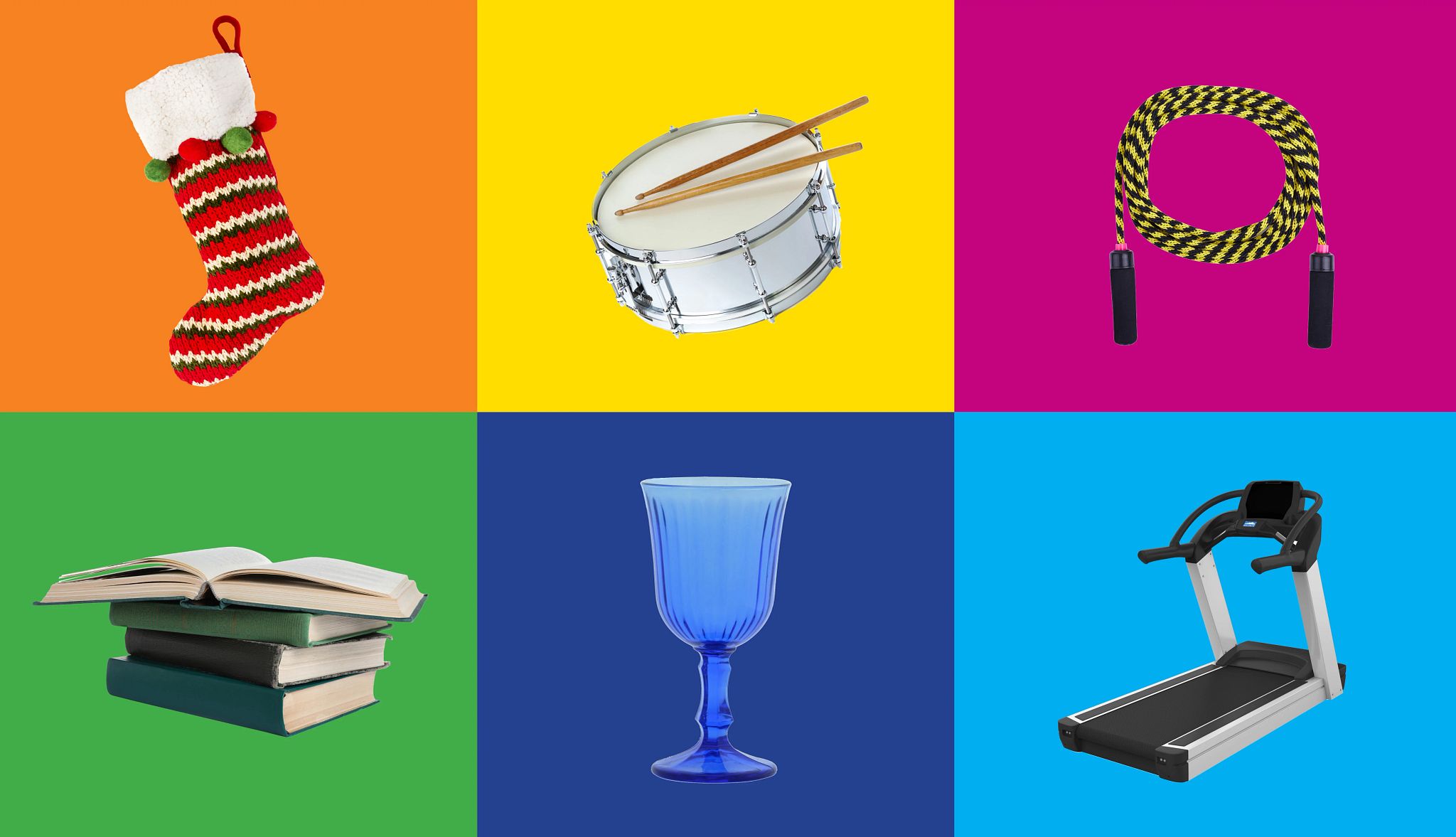AARP Hearing Center


Spring is that peculiar time of year when we clean out our garages and attics so we can rush out to yard sales, garage sales and thrift stores to land bargains on stuff that others are cleaning out of their own garages and attics. And with President Donald Trump's globe-spanning tariffs expected to raise prices on a variety of imported products, buying used can be an even bigger money saver for consumers.
Still, you should only purchase items that you can feel confident buying secondhand. That means not only shopping for certain products but also buying used wares from reputable retailers and online stores that you can trust — not peer-to-peer online marketplaces like Craigslist or Facebook Marketplace, where criminals use a variety of scams to steal shoppers’ money.
According to four thrift-shopping gurus, these are the 10 best things to buy used. (To avoid making a purchase you might regret, check out our list at the bottom of the worst things to buy used.)
1. Books
Books are “the ultimate good-to-buy-used category,” says Kate Holmes, a resale industry consultant and author of Too Good to Be Threw: The Complete Operations Manual for Resale and Consignment Shops. Even if you don’t plan to read the books, she says, “a little bundle of similar books, tied with a burlap bow or a satin ribbon, makes a wonderful accessory on your bookshelf.”
For shopping expert Trae Bodge, reading a used book can be the most pleasurable of experiences. “There’s something lovely about reading something that you can see was also read by someone else who left a little dog-ear,” she says. In fact, she bought most of her own book collection secondhand from the semiannual college scholarship fundraising book sale at which her husband volunteers.
Looking for gifts for the grandkids? Children’s books are terrific to purchase used, says Andrea Woroch, a consumer money-saving expert. At a farmers market, her kids picked out brand-new “used” editions of Disney’s Bambi for $4 each, which she estimates is about a two-thirds discount. And when it comes to coffee-table books, which are meant more for display than reading, she says buying used is by far the most cost-conscious route.
2. Pet items
There may be no savvier way to pick up basic items for your pet than secondhand, says Chism, who sold the $150 dog crate she had for many years on Craigslist for $60. Few things sell more quickly at garage and yard sales than pet crates, because they are very costly when purchased new. She also encourages dog owners to buy feeding bowls, leashes and collars secondhand, since they can be pricey at the pet store. But she advises against purchasing a used pet bed unless there is a tag still on it that assures you it was never used. Otherwise, it could be an invitation for fleas, ticks and dust mites, she warns.


































































More From AARP
What to Stop Buying Now If You’re Retired
It may be time to reconsider all the stuff you’ve been spending money on for years.
Smart Guide to Thrifting
How to save big money buying secondhand goodsAmazon Prime vs. Walmart Plus: How Do These Rival Memberships Compare?
A side-by-side look at their costs, shopping benefits and perks